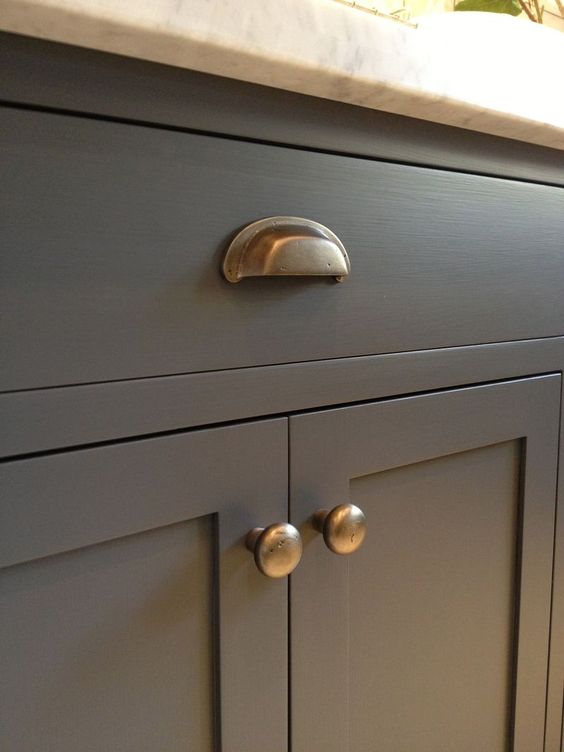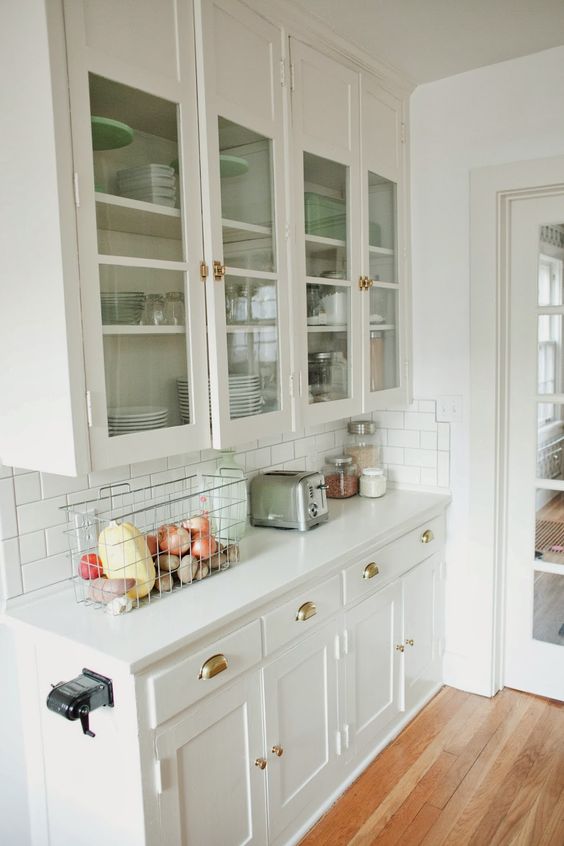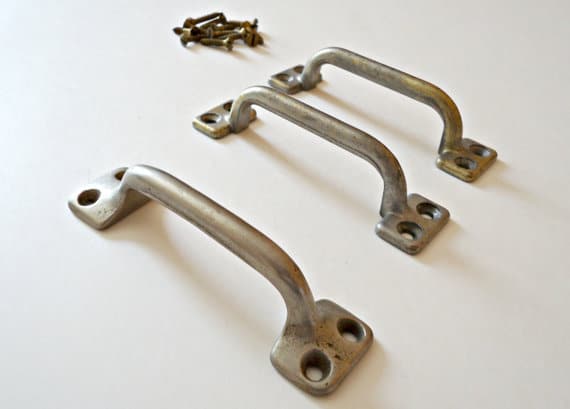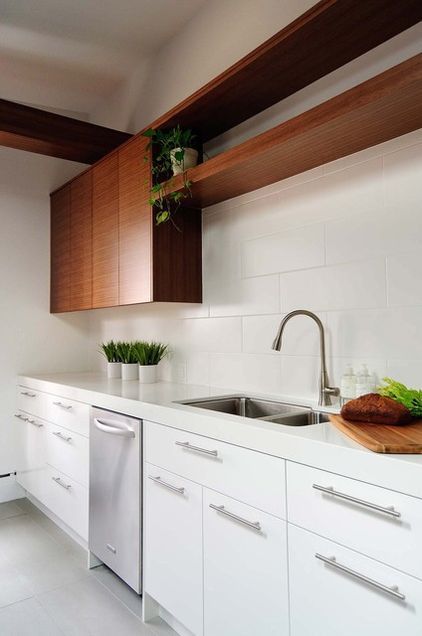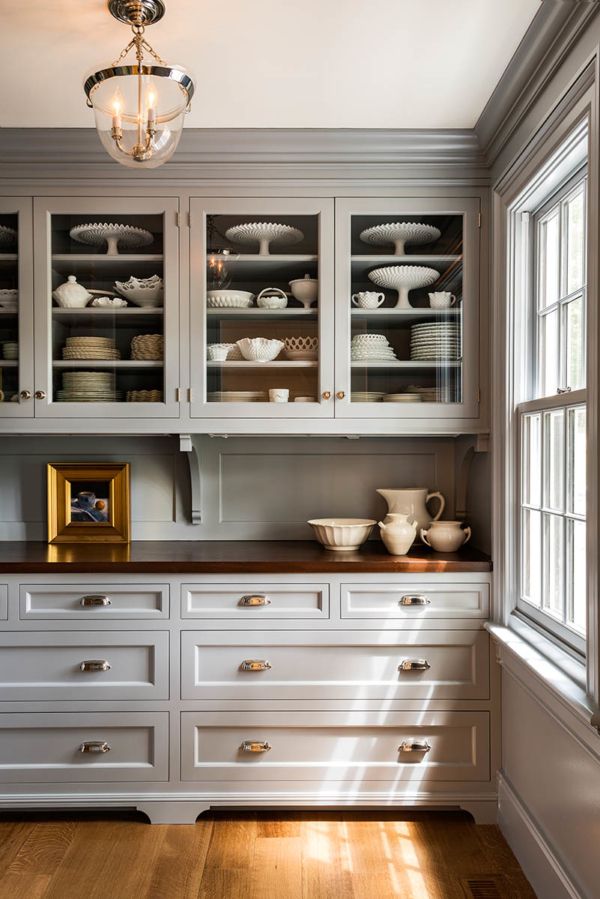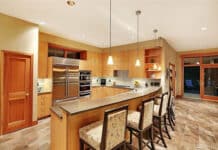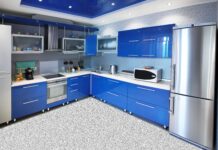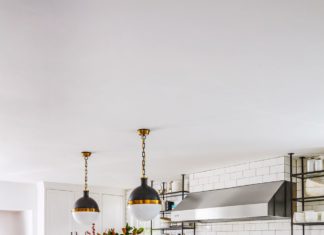You’ve chosen the classic Shaker design for your kitchen cabinets. You can’t go wrong. Its long-enduring construction has all but defied going out of style.
Surely, part of the reason for the lasting popularity is the stylistic flexibility of the Shakers. They can become traditional or modern, depending on how you choose to work with them.
When dealing with elements such as lighting and tile, you choose the style your kitchen will adopt. Hardware, for instance, may profoundly influence the overall look of the space.
A Kitchen Cabinet Hardware is More Than a Knob
Think of it as jewelry chosen to compliment an outfit; a stunning ensemble will emerge if done tastefully.
Since Shakers are known and appreciated for their simplicity, they work well with unadorned hardware. This versatility explains their suitability for either vintage or modern motifs.
In the case of vintage white Shaker cabinets, a combination of timeless cup or bin pulls or knobs is often used.
Typically, the knobs will be on the doors, and the bin pulls on the drawers. Two bull pins are necessary if a drawer is larger than 30” wide.
Yet, another popular hardware choice for Shaker cabinets is vintage-style glass. It creates a nice contrast between a stained cabinet finish when using a white glass knob.
For an additional vintage touch, attach the knobs to the drawers (though pulls are much more common in today’s use).
But if a special theme is desired, say Victorian or Colonial, they are perfect, especially teamed with glass-front hutches, stained wood cabinets, subway tile, or black-and-white kitchens.
Vintage pulls are so popular there are modern versions of them made with faux screws actually molded to the piece!
Of course, you can seek out original pulls with the real screws if authenticity is important. They add a great antique feel to the space that also appears to be of the industrial world.
Choose a different finish from nickel, oil-rubbed bronze, or antique brass for a different look.
They feature well in a subway tile environment and add a nice touch when items such as stainless steel countertops, commercial-style appliances, farm sinks, and industrial-style lighting are also present.
{Picture reference from Houzz}
Typically found on slab or flat-panel doors, stainless steel tubular bar pulls are also a great choice for Shakers. They are also referred to as “barrel pulls” and can be found in the nickel variety.
They come in long and short varieties, depending on taste, ranging from classic to dramatic. Ultimately, it’s the modern image they provide for which they are most often used.
Tubular bar pulls are of exceptional contemporary taste, especially when paired with mosaic tiles of all sizes, ebony-stained Shakers, and modern pendant lighting.

You can combine the same quality design work with white or dark Shaker cabinets, stone or concrete countertops, full-height glass backsplashes, or oversized tiles!
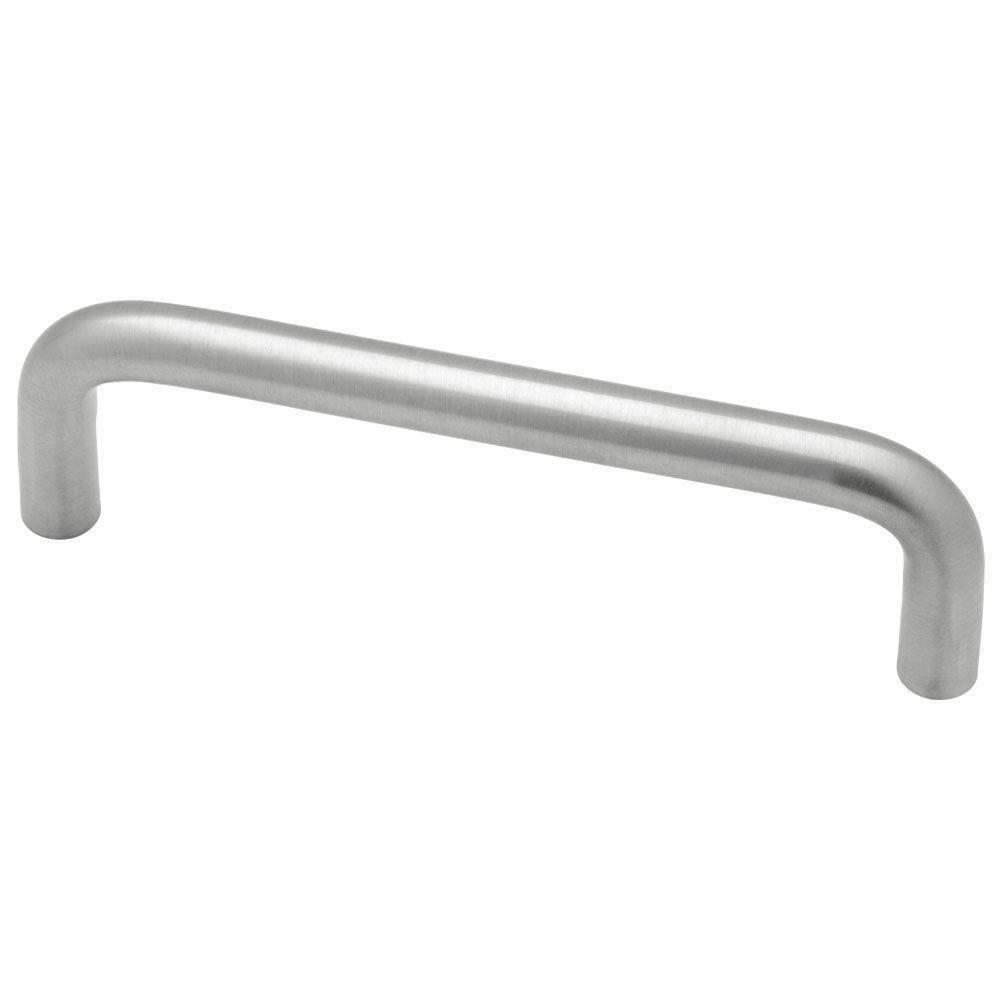
Essentially, the wire pull’s functional design has decorative details that can be associated with antique and even Victorian flavor (especially in a bronze finish), instantly adding class to any kitchen.
Arced and footed panels are just the medicine for a truly classic look. Also made in the wire pull variety, they are conservatively decorative (in other words, perfect for a Shaker cabinet).
Mix dark and light cabinet finishes to create a contrast and prevent a visually stagnant vibe. This style is best when used with stone mosaic tile backsplashes, nickel diamond mesh cabinet inserts, and marble countertops with the classic sloped ogee edge.
Don’t be intimidated by the notion of mixing the wood’s finishes and its corresponding hardware. It’s all about originality.
Replacing the hardware alone will create an all-new look. There are no rules, and you don’t need a certain fixture to match a specific finish. Not everything must match.
Perhaps you want to be outrageous and eye-catching, or you may prefer to be elegantly under the radar. Since the cabinet hardware is often the final touch, it’s also a bit of a last word—it defines the style of the room.

